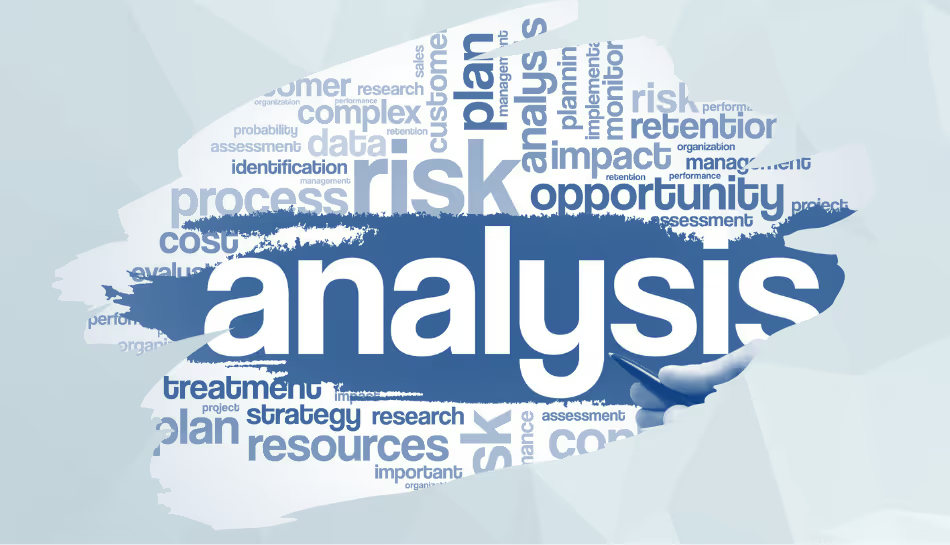
Inventory is one of the largest assets a company owns, especially in manufacturing, retail, and trading businesses. But knowing what you have in stock isn't enough; you also have to know what it is worth. That's where inventory valuation comes in: it gives business owners the ability to assign a financial value to stock on hand for proper reporting and decision-making.
What Is Inventory Valuation?
Inventory valuation, in simple terms, is the determination of the monetary value of the items a company holds within its inventory at any one time, be they raw materials, work-in-progress products, or finished products.
The accounting policy that a company selects for inventory valuation affects its cost of goods sold, profit margins, and even the amount of taxes owed. It's a very crucial step in the preparation of financial statements, since closing inventory directly affects both the balance sheet and the income statement.
In other words, inventory valuation tells you the value of your stock, which then helps you work out your true profit.
Importance of Inventory Valuation
The importance of the valuation of inventory lies in how it connects with accounting, profitability, and decision-making. Here's why it matters:
- Accurate financial reporting: Valuation provides a correct representation of the company's assets and profits in the financial statements.
- Fair tax calculation: Over-invoicing or under-invoicing of inventories alters reported profits and hence the extent of tax liability.
- Informed decision-making: Knowledge of inventory value would help managers plan production, purchasing, and pricing strategies.
- Better cash flow management: Through the knowledge of the amount of capital tied up in stock, businesses can plan for expenses in a better manner.
In simple terms, without proper valuation, a business might misjudge their financial health—either looking more profitable than they actually are or undervaluing themselves.
Common Methods of Inventory Valuation
There is no single approach to valuing inventory. Various businesses use different methods of inventory valuation depending on the flow of goods in and out. Here are the most common approaches:
- FIFO - First In, First Out
According to FIFO, the first things bought are the first things sold. It's ideal for perishable goods or industries in which prices are usually on the rise. This usually reflects higher profits in periods of inflation since older, cheaper stock is recorded as sold first. - LIFO - Last In, First Out
LIFO assumes that the last items purchased are the first sold. It is typically used in markets where prices often fluctuate. LIFO may lower taxable income when inflation exists and is not accepted under some accounting standards, including IFRS. - Weighted Average Cost (WAC)
WAC calculates the average cost for everything in inventory, regardless of when the items were purchased. It's easy to understand and consistent, but better suited for companies that sell huge volumes of identical products. - Specific Identification Method
It follows the actual cost of single items, and hence it is ideal for industries with unique or high-value goods, such as jewelry, cars, or art.
Illustrating Inventory Valuation
Suppose a company buys 100 units of a certain product—50 units at ₹ 100 each and another 50 units at ₹ 120 each. It sells 60 units:
- Under FIFO, the first 50 units sold cost ₹100 each, and the next 10 cost ₹120 each.
- Under LIFO, the first 60 units sold cost ₹120 each.
- Under WAC, the average cost per unit would be ₹110.
Each method yields a different inventory value and consequently a different profit margin, although the physical goods are the same.
Automating Inventory Valuation with ERP
Obviously, this can be quite tiresome to calculate by hand and may lead to errors. Most modern ERPs, like Bigsun ERP, alleviate this task by embedding inventory valuation capabilities that automatically apply FIFO, LIFO, or Weighted Average methods according to business preferences.
With Bigsun, businesses can:
- Track real-time inventory value across multiple locations.
- Easily choose and switch between various valuation methods.
- Integrate valuation data with accounting and financial reports.
- Easily maintain compliance with accounting standards.
Automation saves not only time but makes the valuation consistent and error-free throughout the business.
Final Thoughts
Inventory valuation is not just about placing a price tag on stock; it is a way to understand the true value of your business. The method used will affect profits, taxes, and long-term strategy. Companies can ensure accurate and transparent valuation of their inventory by utilizing modern tools such as Bigsun ERP. The result will be a clearer financial picture that leads to better decision-making and, furthermore, lays a stronger groundwork for growth.

